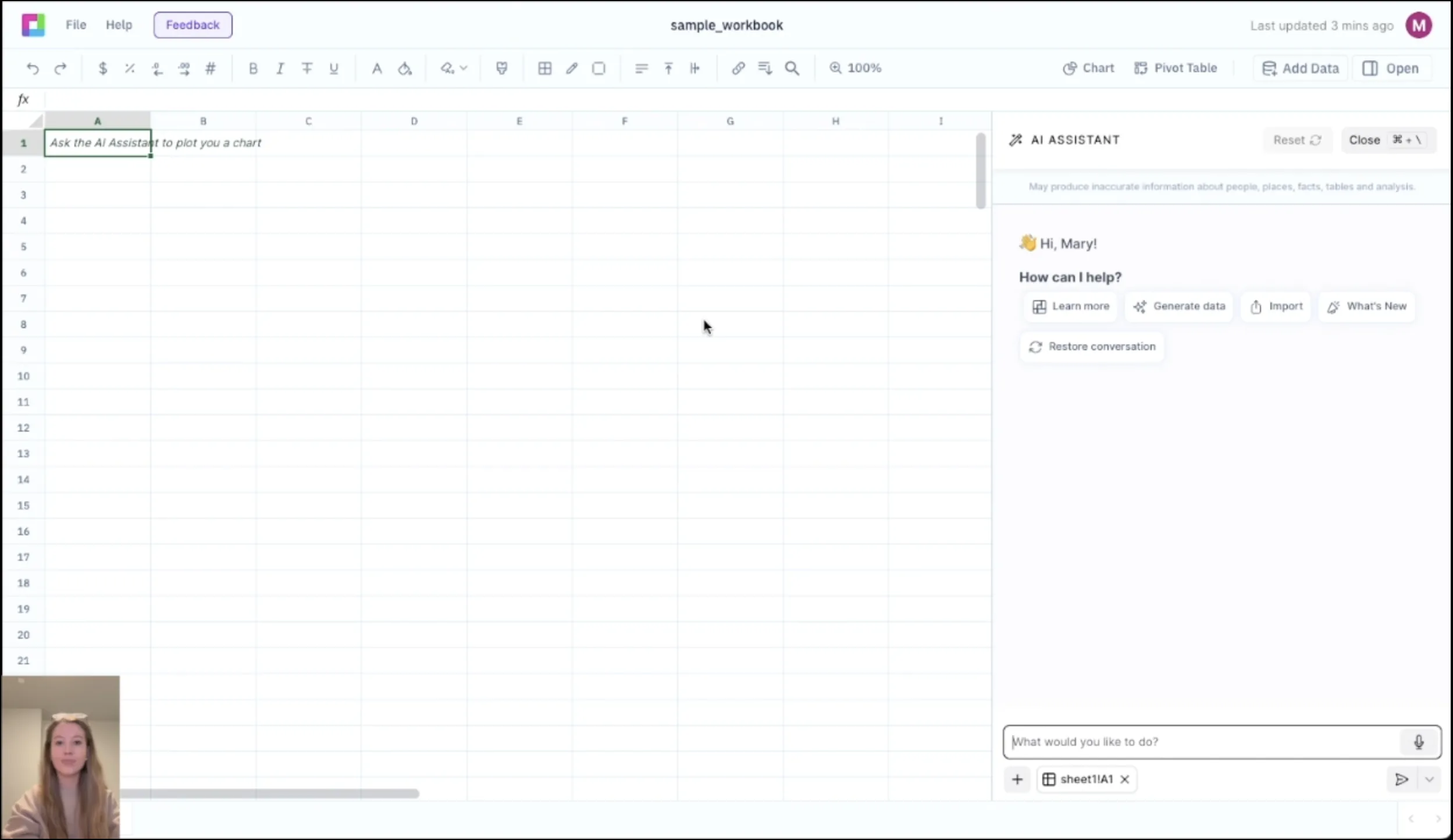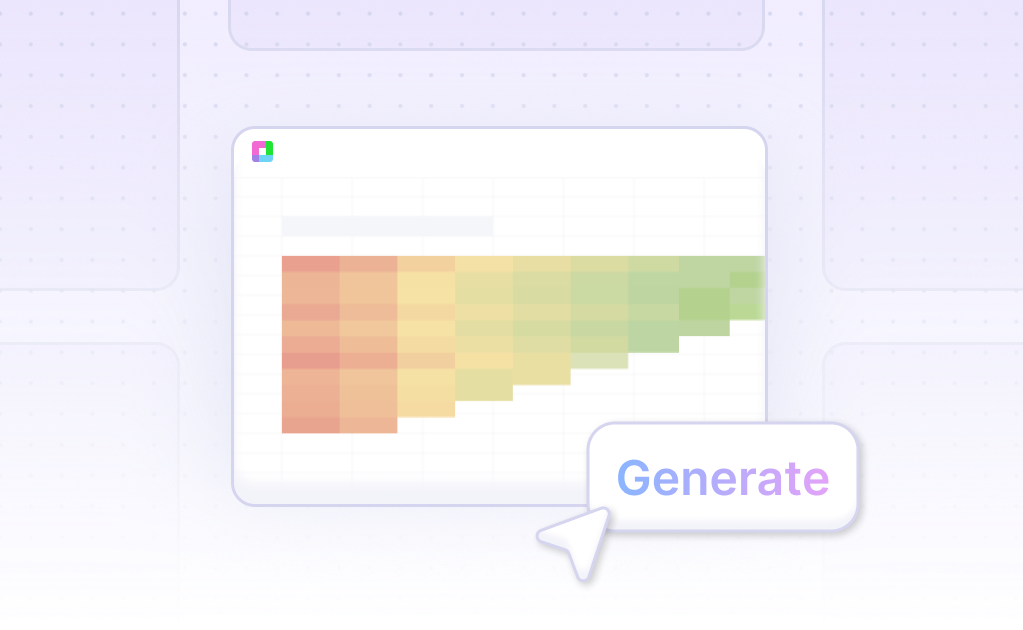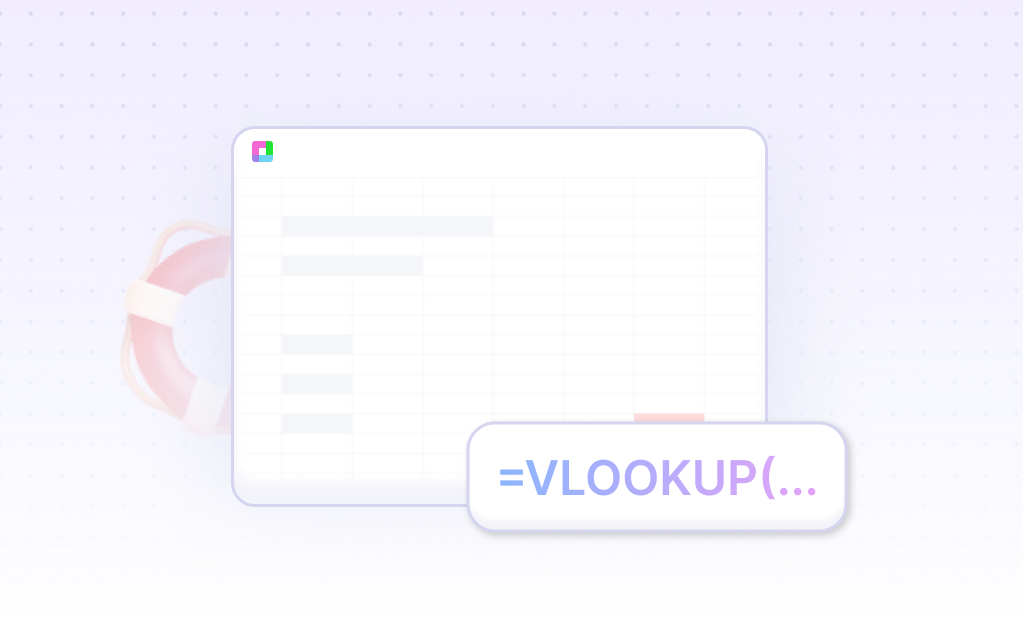
Master Company Valuation with Professional DCF Analysis
Discounted Cash Flow (DCF) analysis is the gold standard for intrinsic company valuation, providing fundamental value based on projected cash flows and risk-adjusted discount rates. Our DCF Valuation Model provides comprehensive tools to build detailed financial projections, calculate terminal values, and determine fair value with sensitivity analysis.
From revenue forecasting to WACC calculations, build robust valuation models with institutional-quality analysis. Built for investment professionals, equity analysts, and corporate finance teams, this template helps you make informed investment decisions and strategic valuations.
Comprehensive Financial Modeling & Projections
Revenue & Growth Modeling
Build detailed revenue projections using historical analysis, market research, and growth drivers. Model organic growth, market expansion, and new product launches with scenario-based forecasting.
Operating Expense Projections
Project operating expenses including COGS, SG&A, and R&D with scaling assumptions and efficiency improvements. Model fixed and variable cost structures with operating leverage analysis.
Working Capital & CapEx Modeling
Forecast working capital requirements and capital expenditures based on business growth and operational needs. Model cash conversion cycles and investment requirements for sustainable growth.
Free Cash Flow Calculations
Calculate unlevered free cash flows (FCFF) and levered free cash flows (FCFE) with detailed cash flow statements. Ensure consistency between projections and valuation methodology.
DCF Valuation & Terminal Value Analysis
WACC Calculation & Cost of Capital
Calculate weighted average cost of capital (WACC) using market-based inputs including cost of equity, cost of debt, and optimal capital structure. Implement CAPM and build-up methods for discount rates.
Terminal Value Calculations
Calculate terminal value using perpetuity growth method and exit multiple method. Analyze terminal value sensitivity and its impact on overall valuation conclusions.
Present Value & Enterprise Value
Discount projected cash flows to present value using appropriate discount rates. Calculate enterprise value, equity value, and per-share value with detailed value bridge analysis.
Sensitivity & Scenario Analysis
Perform sensitivity analysis on key value drivers including growth rates, margins, and discount rates. Model bull, base, and bear case scenarios with probability-weighted valuations.
Frequently Asked Questions
What's the difference between FCFF and FCFE?
FCFF (Free Cash Flow to Firm) represents cash available to all investors, while FCFE (Free Cash Flow to Equity) represents cash available to equity holders after debt obligations. The template calculates both and shows when to use each approach.
How do I determine the appropriate discount rate?
The template includes WACC calculations using market data, risk-free rates, market risk premiums, and company-specific risk factors. It provides guidance on beta estimation and cost of debt calculations.
What's a reasonable terminal growth rate?
The template provides guidance on terminal growth rates, typically ranging from 2-4% for mature companies in developed markets. It includes sensitivity analysis to show the impact of different assumptions.
How many years should I project?
The template typically projects 5-10 years of explicit forecasts, depending on business predictability and industry dynamics. It includes guidance on determining the appropriate forecast period.
Can it handle different business models?
Yes, the template can be adapted for various business models including subscription businesses, cyclical companies, and high-growth technology firms. It includes industry-specific considerations and adjustments.
Related Valuation Tools
Connect your most-used data sources and tools to Sourcetable for seamless analysis.
Frequently Asked Questions
If you question is not covered here, you can contact our team.
Contact Us





